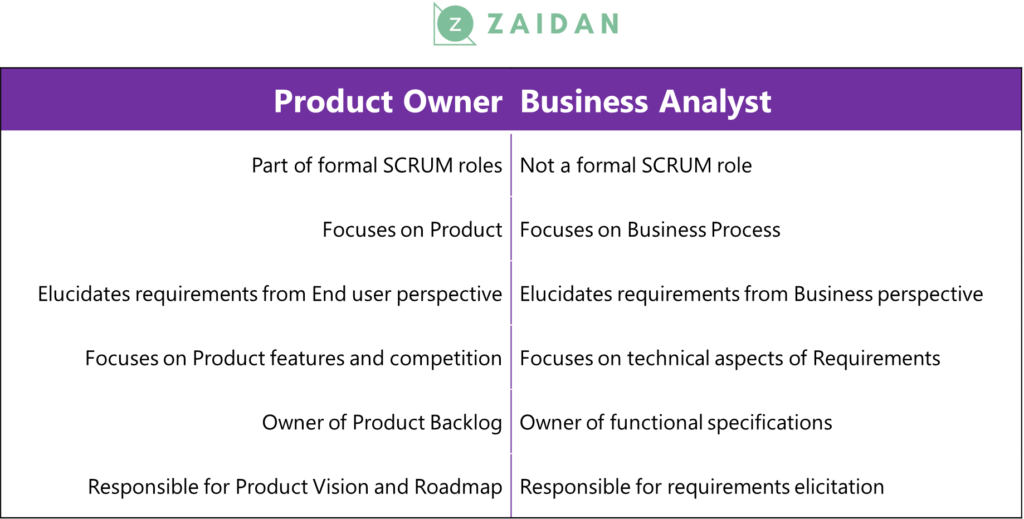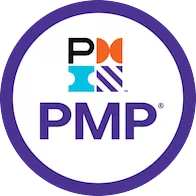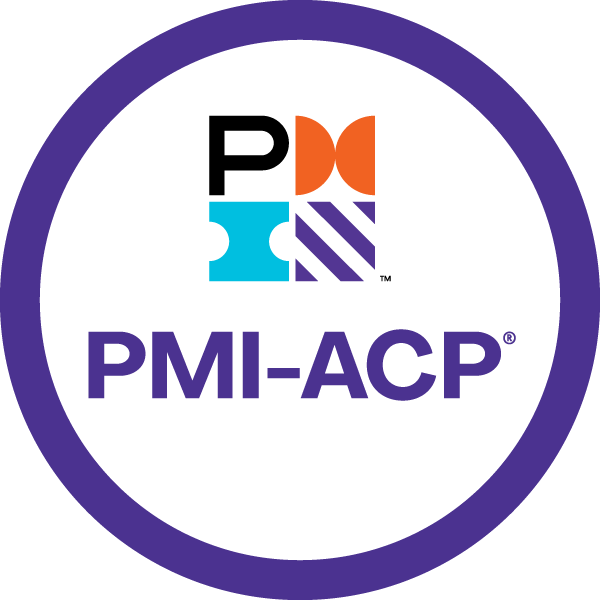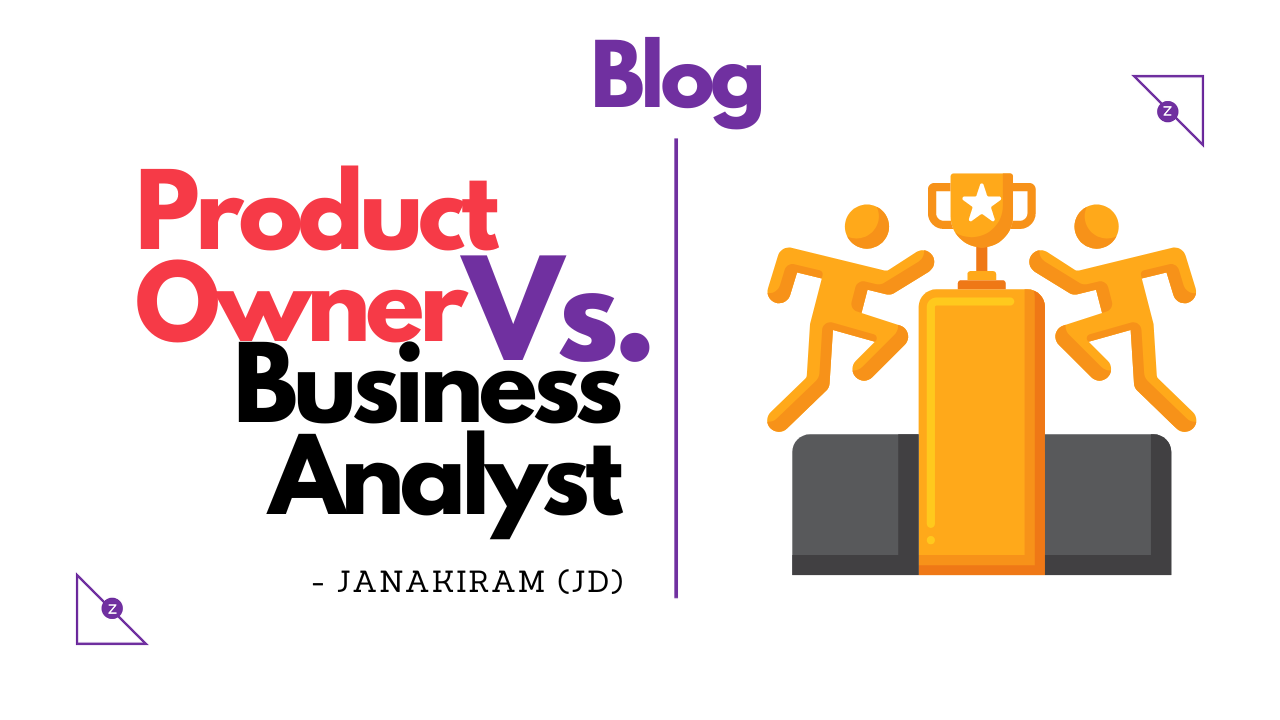In this blog, we will be doing a quick comparison between the roles of Business Analyst and Product Owner. We will discuss their responsibilities and look at how their comparison fare.
A business analyst (BA) and a product owner (PO) are both important roles in the product development process, but they have different responsibilities and focus areas. A Product Owner or Product Manager plays a more strategic role in envisioning and drawing a roadmap.

Who is a Business Analyst?
A business analyst is primarily responsible for analyzing business processes, identifying areas for improvement, and proposing solutions to enhance efficiency, productivity, and profitability.
Business Analysts gather and analyze requirements from stakeholders, conduct research, perform data analysis, and create documentation such as functional specifications and user stories. They bridge the gap between business stakeholders and the development team by ensuring clear communication and understanding of requirements.
A Business Analyst keeps track of the business trends so that he can forecast near future developments. A Business Analyst must also be data driven and make decisions based on analysis. It is also essential that Business Analyst is trained on Business Management (Which many organizations fail to do).

Responsibilities of a Business Analyst
- Gathering and documenting business requirements.
- Analyzing existing processes and identifying areas for improvement.
- Conducting stakeholder interviews and workshops to gather insights.
- Collaborating with stakeholders and development teams to define project scope.
- Creating functional specifications, user stories, and other documentation.
- Participating in testing and quality assurance activities.
Who is a Product Owner?
A product owner, on the other hand, is a role within Agile software development methodologies. The Product Owner acts as the liaison between the development team and stakeholders, representing the voice of the customer and ensuring the product meets their needs.
They are responsible for defining the product vision, prioritizing features, and managing the product backlog. Product Owners work closely with stakeholders to gather feedback, make decisions on features and functionalities, and ensure the development team delivers a valuable product.

A Product Owner is primarily the owner of the Product Backlog. He has the final say on what goes IN and what goes OUT of the Product Backlog. He defines what “Value” is for the Product. Hence is able to make decision on which user story is of Higher Priority and which is of lower priority (based on value of the stories of course).
Also a Product Owner has he authority to cancel a Sprint. That is when he realizes that the Sprint does not deliver anything of Value.
Responsibilities of a Product Owner
- Defining and communicating the product vision.
- Prioritizing and managing the product backlog.
- Collaborating with stakeholders to gather requirements and feedback.
- Writing user stories and acceptance criteria.
- Making decisions on feature development and product release.
- Providing guidance and clarifications to the development team.
- Conducting product demonstrations and gathering feedback.
Business Analyst Vs. Product Owner

Conclusion
A Business Analysts is not confined to an Agile/SCRUM team only. He will have responsibilities or tasks across different teams, departments and SDLC workflows.
In summary, while a business analyst focuses on analyzing business processes, gathering requirements, and ensuring clear communication between stakeholders and the development team, a product owner concentrates on defining the product vision, prioritizing features, and managing the product backlog to deliver a valuable product.
Product development teams would become highly effective if they have both these roles in their teams. All the horizontals and vertical aspects of the Requirements lifecycle are taken care by both these roles. Hence helping in wholistic requirements coverage and better value delivery.

Our PMI® PMP®-Prep Course
If interested in this course, click here
- Case study based training
- LIVE instruction 36 Hours
- Post course guidance
- Exercise per topic
- 4 Mock exams for practice
- WhatsApp group support

Our PMI® ACP®-Prep Course
If interested in this course, click here
- WhatsApp group support
- 4 Mock exams for practice
- Exercise per topic
- LIVE instruction 20 Hours
- Post course guidance
- Case study based training

JD (Coach/Instructor/Writer)
JD (a.k.a Janakiram) is a Project Management Coach, Trainer Author and Practitioner @Zaidan Consulting. He comes with around 17+ Years of experience primarily from the Software Industry. He is certified on PMI® PMP®, ACP®, Scrum Alliance CSM and Microsoft Certified Solution Developer on C#.NET. He has also authored the book “Practical Agile for Beginners”

About Zaidan Consulting
Zaidan Consulting are specialists in Project and Program Management space. Our training offerings include:
- Project Management Training
- Agile Training
- PMI®-ACP® Prep Training
- PMI®-PMP® Prep Training
- PMI®-CAPM® Prep Training
- ScrumStudy™ Authorized Training Partner (A.T.P)
Or you can contact us @+(91) 7672011471
Or Email us: [email protected]
